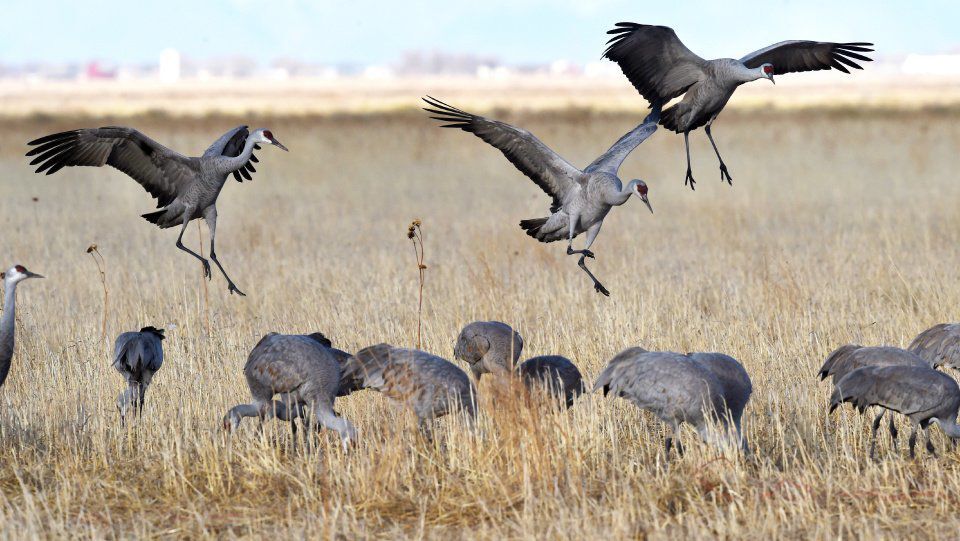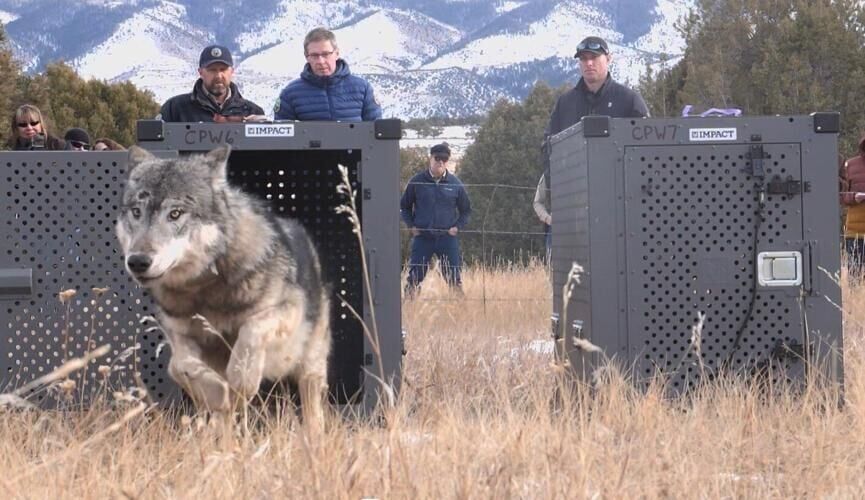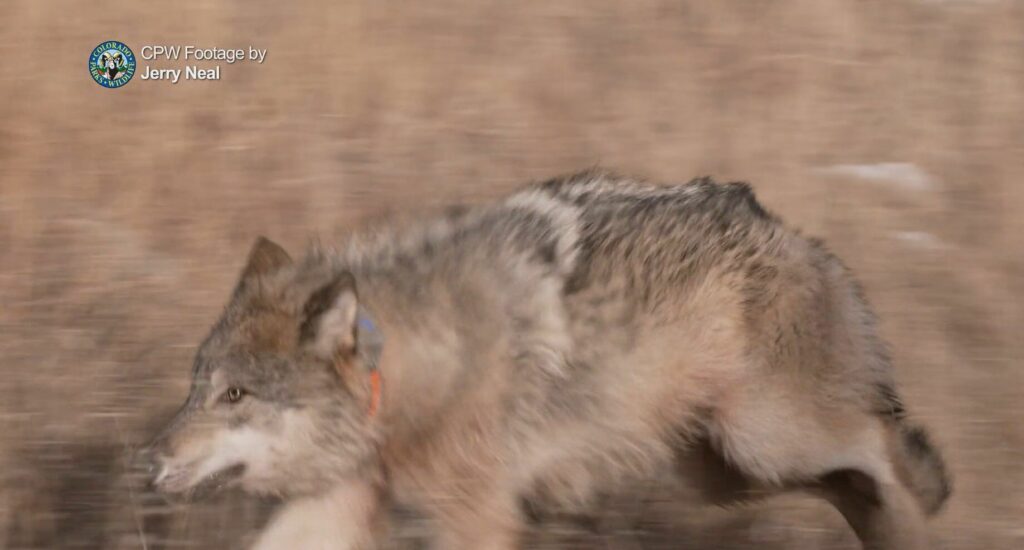New initiative in western Colorado seeks answers to changing ways of sandhill cranes

Well known are the sandhill cranes that grace the southern San Luis Valley every spring. Lesser known is the smaller population that migrates across the Western Slope, around Delta and Montrose.
And more mysterious to experts on that side of Colorado: reasons for fewer sightings of the majestic birds over the past couple of decades, and reasons for their changing arrival times.
“Whether that’s from various land use changes through their range, climate issues or what have you, it is clear these birds are shifting around their annual migratory patterns,” Jim Gammonley, Colorado Parks and Wildlife avian research chief, said in a recent news release.
A search for answers began with researchers capturing and tagging 13 local cranes in Escalante State Wildlife Area. Some cranes were freed with GPS trackers, others with identifiable leg bands.
Historically, Gammonley’s agency has tracked the cranes breeding in the spring and summer around northern states, before flying south through Colorado in the fall and on to wintering nests in Arizona, New Mexico and Mexico. When temperatures warm up come spring, they have traveled back to those northern states, stopping in the San Luis Valley, where for years fields have been tended for their nutritious needs.
Around Delta and Montrose, the cranes have been traditionally admired migrating south in the fall and back north in the spring. Now, they’re more so spotted in winter.
“They are spending the winter (around Escalante State Wildlife Area) and then going north again in the spring,” Gammonley said in the release. “They never go down into the San Luis Valley and further south to normal wintering areas. We want to find out exactly which birds are doing this, why they are doing it and how it affects the long-term population dynamics.”
The newly tagged cranes represent the start of what will be a years-long study, according to the release.














